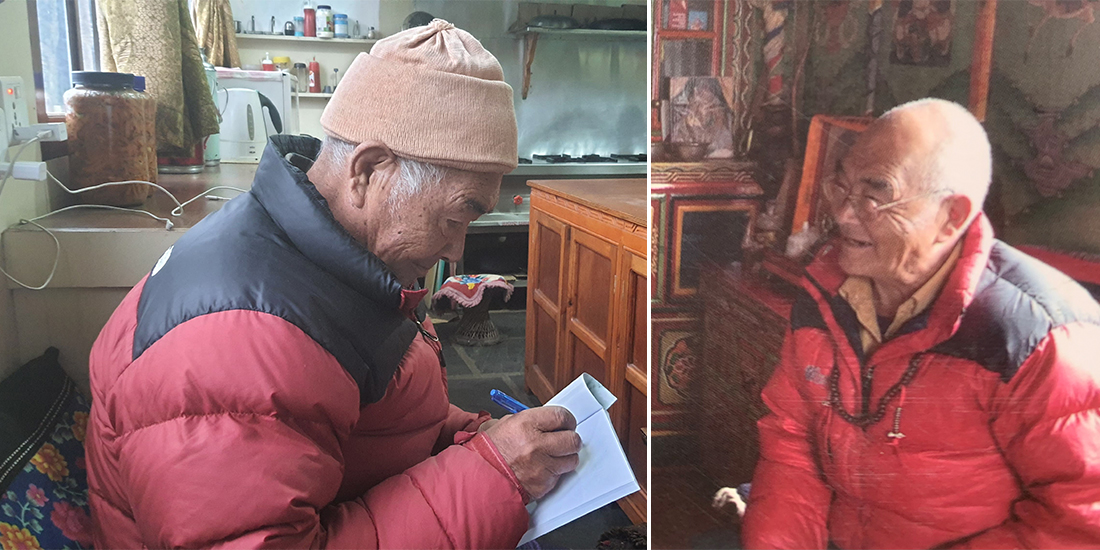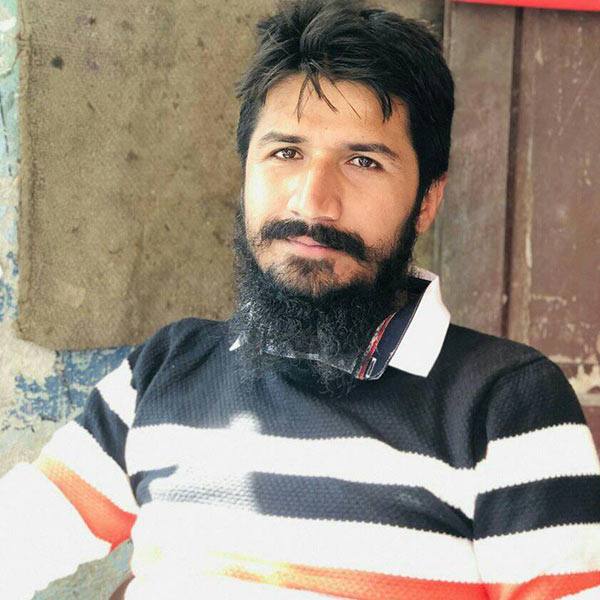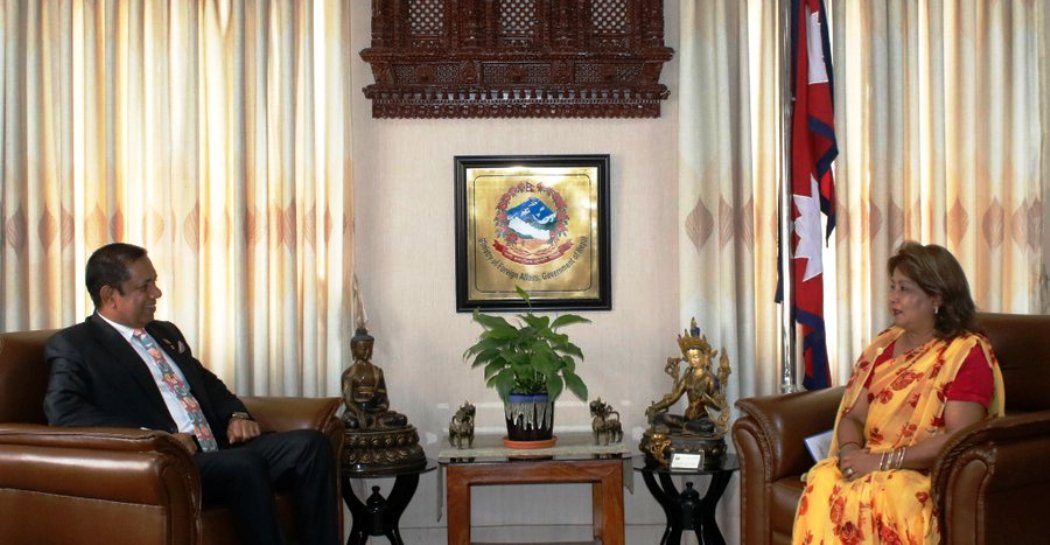The only surviving man of the 1953 Everest squad fears fast-melting Himalayas

KATHMANDU: During his visit to Nepal, United Nations Secretary-General Antonio Guterres warned the world about the rapidly melting snow in the Himalayas. In a video message recorded in the Khumbu region on October 30, 2023, he highlighted the urgent need for action. His visit occurred just a month before the inaugural day of COP28. Guterres stated, “I am in Nepal to send a message to the world. The rooftops of the world are caving in. This tragedy is unfolding in two perilous chapters. Phase one is the story of melting glaciers and ice sheets. Record temperatures mean record glacier melt. Nepal has lost close to one-third of its ice in just over the last thirty years. Melting glaciers mean swollen lakes and rivers, flooding and sweeping away entire communities.”
The UN Secretary-General’s remarks were based on global scientific research and data from UN reports. However, Kanchha Sherpa, a third-generation inhabitant of Namche Bazar, the gateway town to Everest, shares a similar story based on his extensive personal experience.
Kanchha Sherpa, the sole surviving member of the 1953 maiden Everest summit squad that saw Sir Edmund Hillary and Tenzing Norgay stand atop the highest peak on May 29, 1953, is deeply concerned about the rapidly melting snow. He observes, “Before, whenever we got snow here in Namche, it would take four or five months to melt. But now we rarely ever see snow.”
Kanchha Sherpa shares this tragic tale with all who inquire about the changing snow patterns in the Everest region, whether in person or virtually. He has also recounted this in his biography, “Tough and Cheerful,” written by Patricia Moon.
At 91, Kanchha is less concerned about his own longevity and more focused on the health of Everest. He seems ‘tough and cheerful,’ a description given by the 1953 Everest expedition leader Sir John Hunt in his book “The Ascent of Everest.” However, when discussing the fast-melting Himalayas and the future of Everest, he appears saddened. For Kanchha, Everest is not just a destination for expeditions; it is an emotion and a culture. To him and his Sherpa community, Everest is known as Chomolungma, the Mother Goddess of the mountains.
Due to cultural reasons and the excessive pressure from commercial climbers, Kanchha was pleased during the COVID-19 pandemic when no expeditions occurred in 2020. Despite his family business, Nirvana Lodge Hotel in Namche, relying on climbing seasons in spring and winter and the trekking season in autumn, he was relieved to see a pause in Everest expeditions. In his biography, Kanchha mentioned, “I think that Everest needs a rest for a few seasons. And maybe this will make a better value of Everest.”
In a recent brief virtual talk with this scribe from his hometown Namche Bazar, Kanchha expressed his deep concern for Everest’s longevity and the fast-melting Himalayas. He said, “I am more concerned about the longevity of Everest and the Himalayas than my own life.”
















